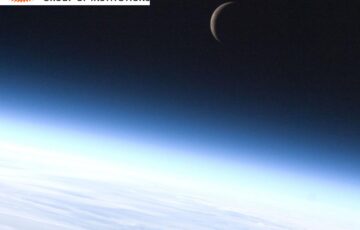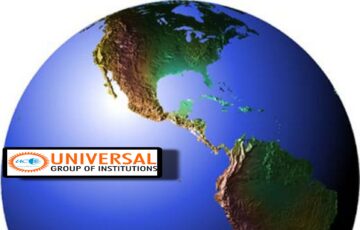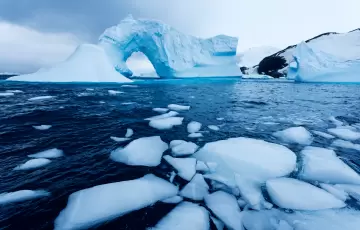Dead Zones
Q. What are the consequences of spreading ‘Dead Zones’ on marine ecosystems?
Approach:
|
Answer:
Dead zones are areas in the ocean where the levels of oxygen are too low to support most forms of marine life. These zones occur due to eutrophication, a process that happens when bodies of water get too many nutrients such as nitrogen and phosphorus, leading to excessive growth of algae. The algae eventually die and sink to the bottom of the water, where bacteria consume them and use up all the oxygen, creating the dead zone.
The spreading of dead zones in the marine ecosystem can have several consequences, including:
- Reduced marine organisms: As dead zones increase, the oxygen needed for marine organisms to survive reduces drastically, leading to barren patches in water bodies.
- Harm to fish: Fish suffer greatly from dead zones because the extreme changes in the oxygen level changes their entire biology.
- Water pollution: Elevated nutrient levels and algal blooms can cause problems in drinking water in communities nearby and upstream from dead zones.
- Negative impact on fishing industry: Dead zones in continental seas, such as the Gulf of Mexico, Baltic Sea, and East China Sea, are major fishery areas, and their spread can negatively impact fishing industries.
- Altered ecosystem functioning: The formation of dead zones has serious consequences for ecosystem functioning, including the increased growth of certain species and reduced biodiversity.
Conclusion
In summary, the spreading of dead zones in marine ecosystems can have far-reaching consequences, from changes in marine life to water pollution and economic impact.






